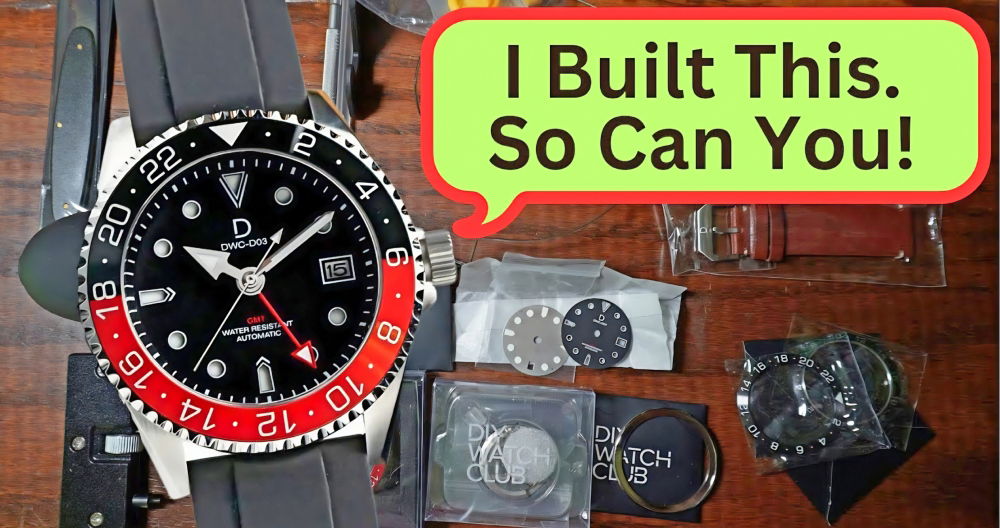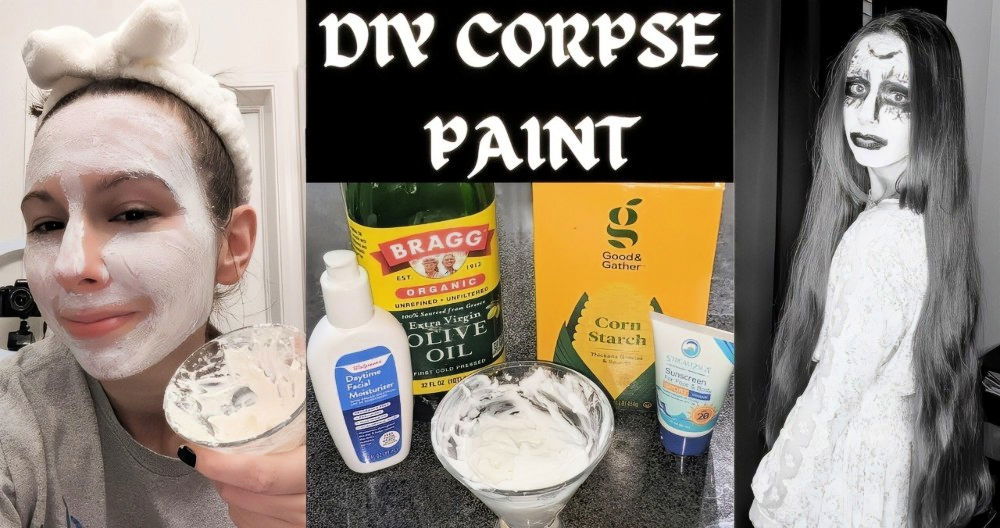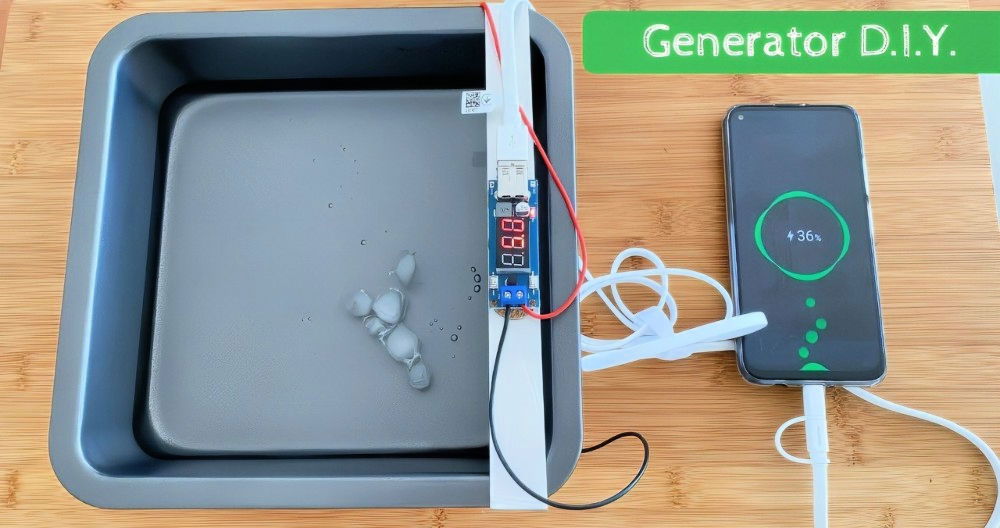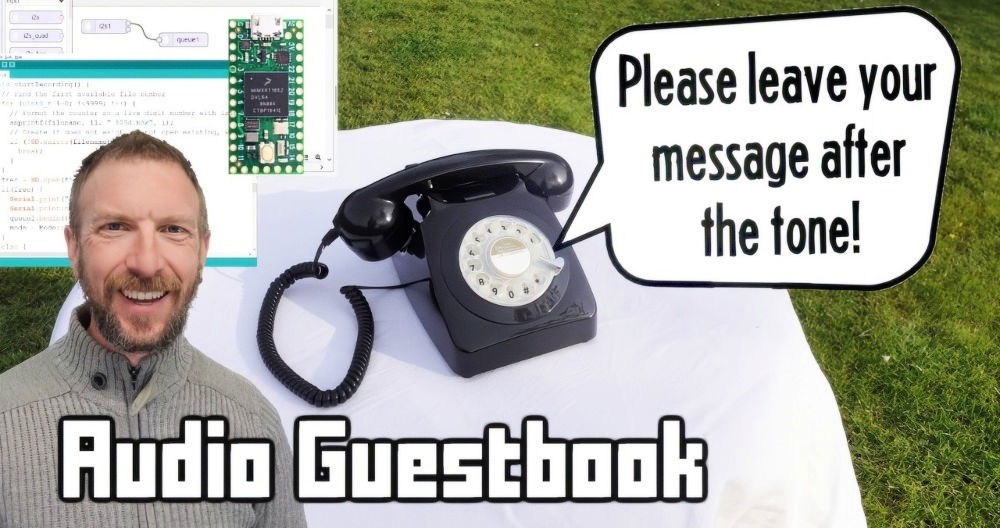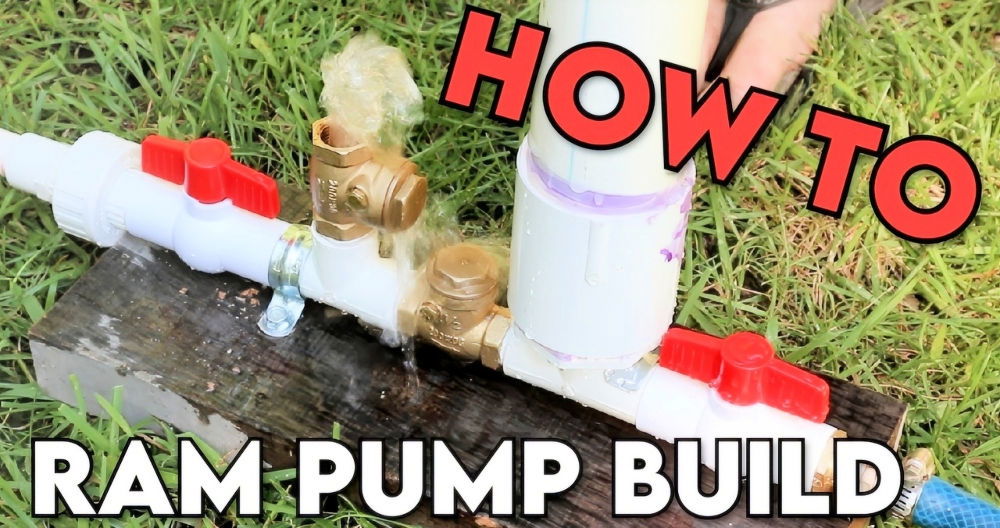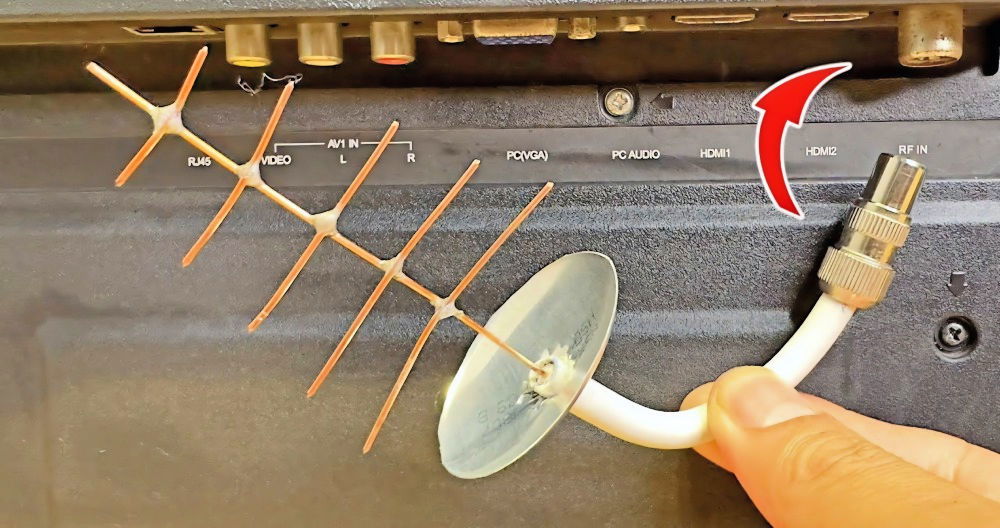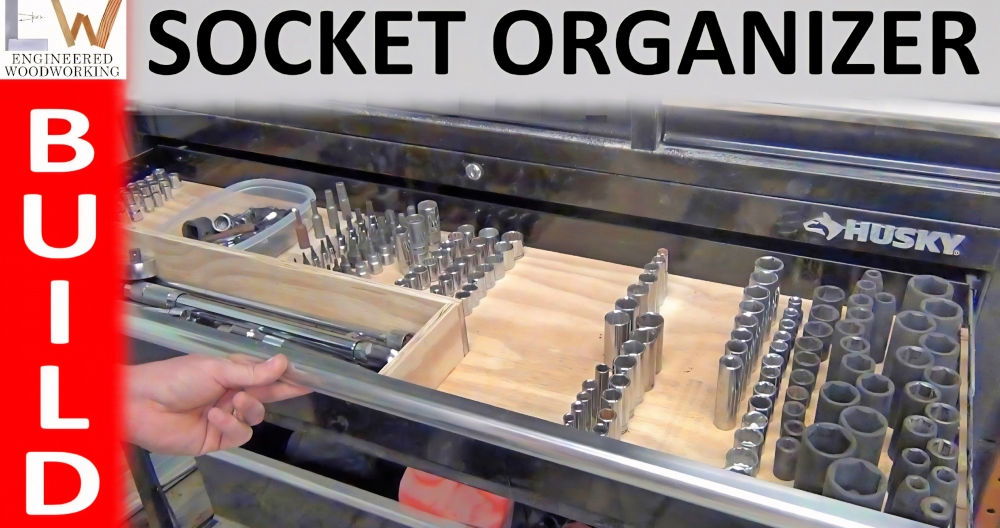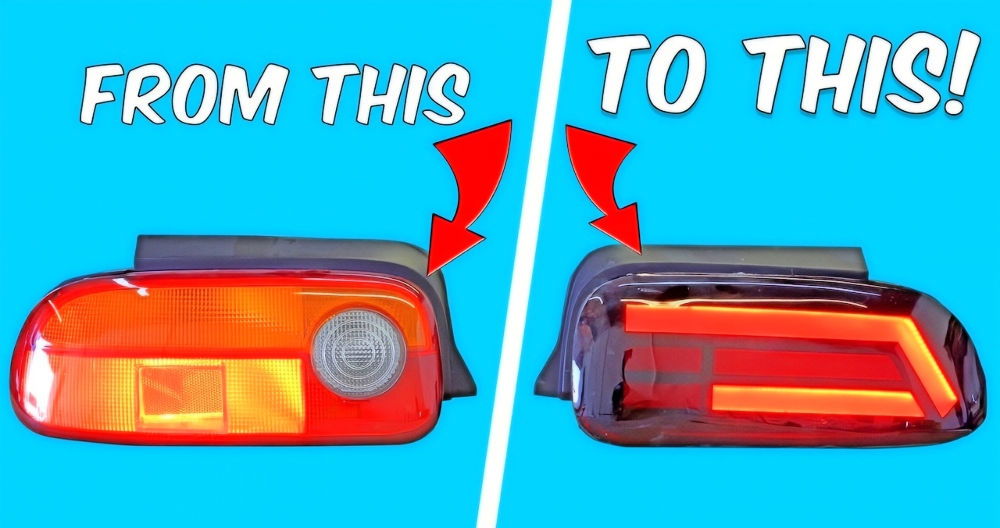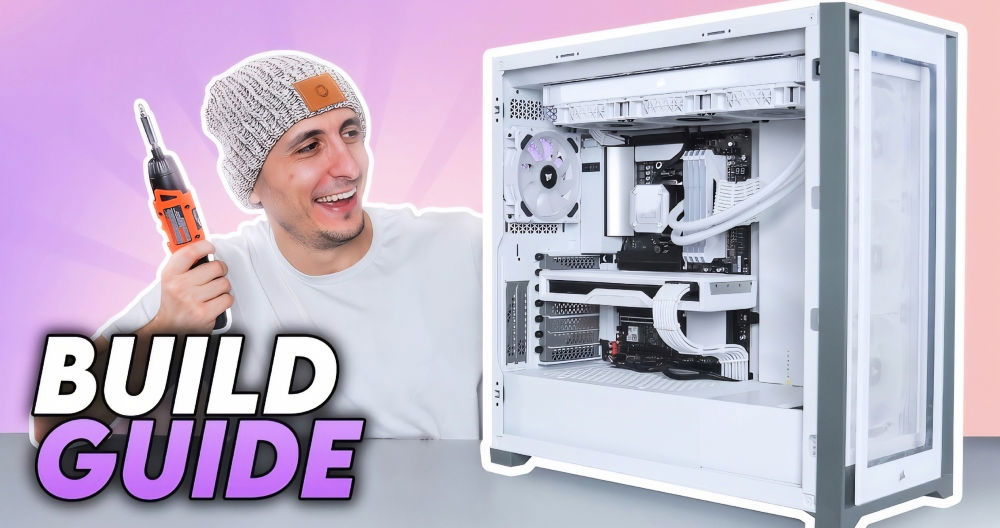If you're a nail technician or a DIY enthusiast, running out of nail forms can feel like a disaster, especially if you're in the middle of a project. But don't worry—making your own nail forms with just a few household items is not only possible, but it can be surprisingly effective. Here, we'll give you a step-by-step approach to making DIY nail forms for quick and easy use. You'll also learn some tips and tricks for working with these homemade forms, ensuring you achieve the same quality results as with professional forms.
Let's dive into everything you need to know to make your own nail forms at home!
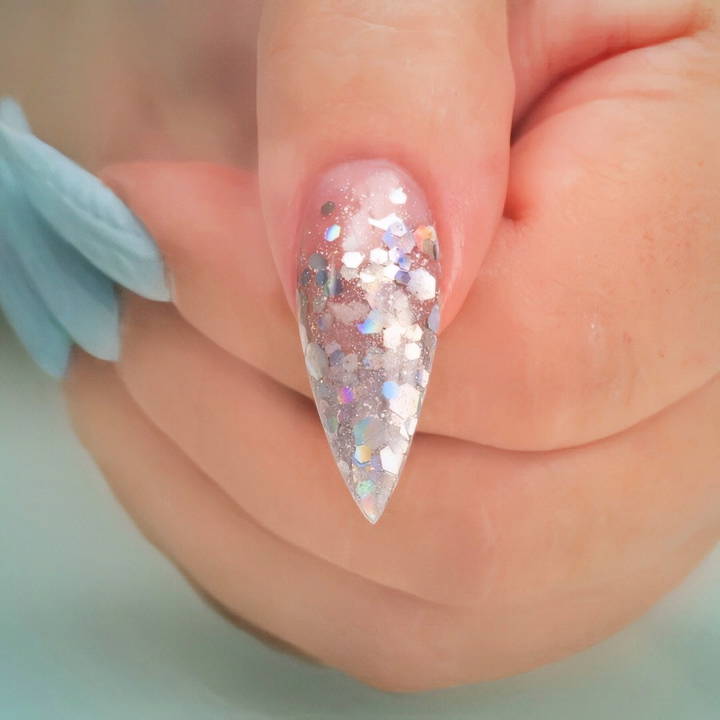
Why Make Your Own Nail Forms?
Nail forms are essential for building structured nails, especially for acrylics, gels, and polygels. These small, disposable templates provide a surface for shaping and sculpting nail extensions, supporting the nail during the application process. High-quality, professional nail forms are typically pre-cut to fit securely under the natural nail, making them ideal for professional use.
However, there are several reasons you might need to make your own:
- Running Out of Forms: If you're in the middle of a session and realize you're out of forms, a DIY option can save the day.
- Customization: Making your own forms allows you to adjust the size and shape based on your specific needs.
- Cost-Saving: If you're experimenting with nails at home, making your own forms can be a cost-effective alternative to constantly purchasing new ones.
Materials Needed for DIY Nail Forms
The great part about making DIY nail forms is that you likely already have all the materials you need at home. Here's what you'll need:
- Sturdy Paper: Any thick, durable paper works. Construction paper is a great option as it's flexible but strong.
- Tape (Preferably Scotch Tape): Tape serves multiple purposes here, from making the form sturdy to preventing acrylic or gel from sticking to the paper.
- Scissors: A good pair of scissors is essential for cutting the paper into shape.
- Pen or Pencil (optional): To help mark where you'll cut if you need more precision.
- Small Ruler (optional): If you want exact measurements for symmetry.
Step by Step Instructions
Learn how to make and use DIY nail forms effortlessly with step-by-step instructions. Perfect your nail art at home with these simple techniques.
Step 1: Select and Prepare Your Paper
Start by choosing a piece of sturdy paper. Construction paper works best, as it's not too thick or too thin. Standard printer paper is generally too flimsy for this use.
- Cut out a square piece of paper, around 2 inches by 2 inches. This size is just a guideline; adjust based on your finger size or the length of the extension you plan to make.
- Fold the paper in half. This fold will help you maintain symmetry when cutting the nail form shape.
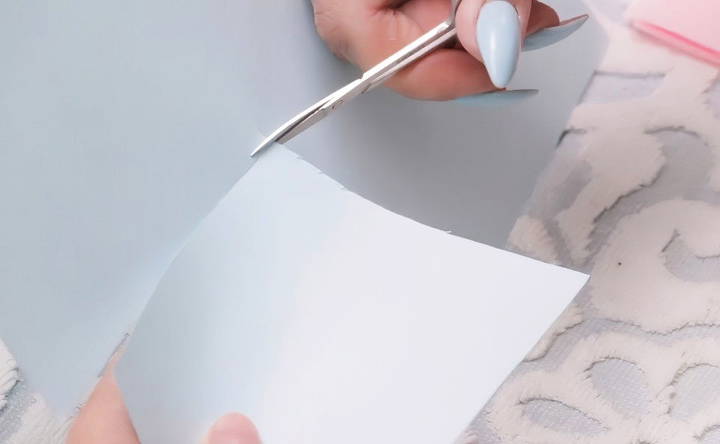
Step 2: Shape the Nail Form
- Cut the Shape: While the paper is folded, cut out a shape similar to a regular nail form. This involves making a rounded end that will sit comfortably under your nail, with a tapered shape extending downwards.
- Cut a Slot for Your Finger: Open up the fold, and make a small slit in the middle of the form. This slit will help the paper fit snugly under your natural nail, holding the form securely.
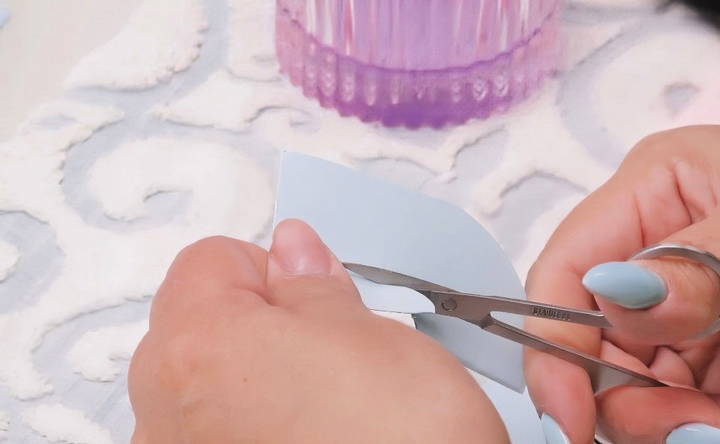
Step 3: Reinforce the Form with Tape
To ensure the acrylic or gel won't stick to the paper, add tape over the area where you'll be building the nail.
- Place a strip of tape across the center of the paper form. The tape should cover any areas that will come into contact with the acrylic or gel.
- Smooth the tape down to avoid any air bubbles, as they can interfere with the surface of the nail.
Step 4: Fitting the Form to Your Finger
With your DIY form prepped, you're ready to fit it onto your finger.
- Wrap the form around your finger, making sure the slit fits snugly under your natural nail.
- Once positioned correctly, use additional tape to secure the form in place around your finger. Make sure the form is stable and won't shift around as you work.
- Adjust the shape if necessary to ensure symmetry. A well-fitted form is essential for achieving a consistent and smooth nail shape.
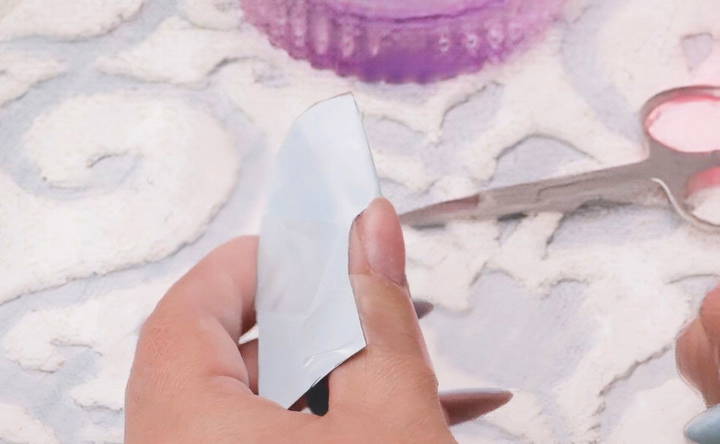
Building a Nail on Your DIY Form
Now that your homemade form is ready, it's time to test it with your nail product. This method works for both acrylic and gel applications, and following the steps below can help ensure the best results:
Step 1: Prepare Your Nail Product
Gather your materials, such as:
- Acrylic powder and liquid, or gel
- Brush
- A small dish for your acrylic liquid
- Towel or paper for absorbing excess product from the brush
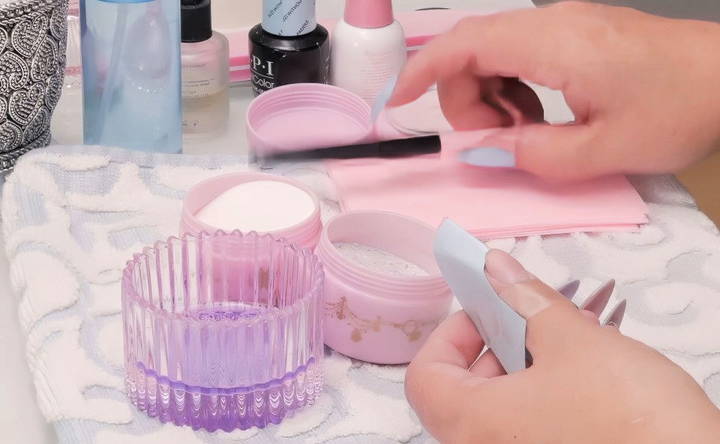
Step 2: Apply the Product
- Dip your brush in the acrylic liquid or gel, then into your powder or gel container.
- Begin applying the product to the form, starting near the base of the natural nail. Ensure the product adheres to the form evenly without gaps.
- Use gentle strokes to shape the product along the form, tapering it off as needed. This part can be tricky, especially if the DIY form shifts slightly—try to keep a steady hand.
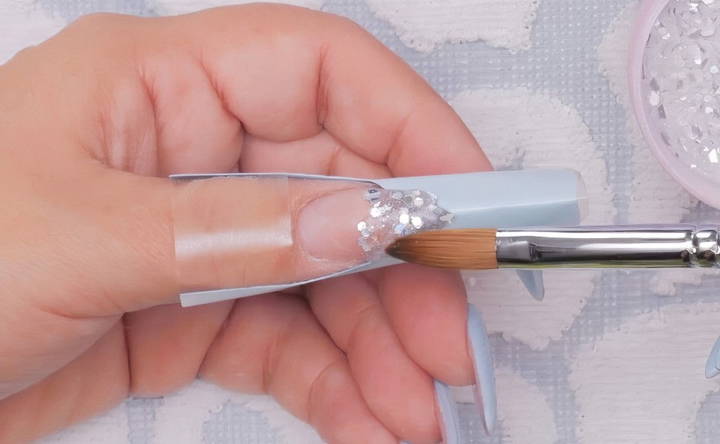
Step 3: Add Layers for Structure
Building layers will help your nail extension have more structure. Continue adding product until you've achieved the desired thickness and shape.
- Focusing on the Apex: For longer nail extensions, pay attention to building a strong apex, as this provides structural integrity.
- Encasing Glitter or Color: If you're working with glitter or color, apply a clear cap to seal everything in. This step is like placing a piece of art behind protective glass, preserving its beauty while allowing you to file without damaging the design.
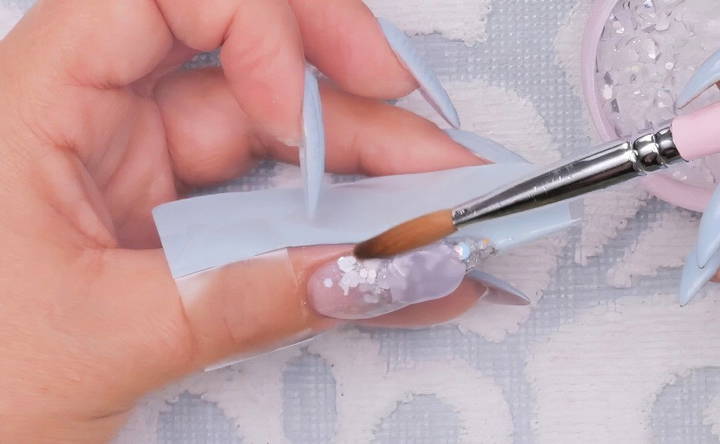
Step 4: Let It Dry and Remove the Form
Once the nail is dry or cured (for gel), gently remove your DIY form.
- Peel Off the Tape: Start by peeling off any tape holding the form together. This makes it easier to remove without disturbing your newly sculpted nail.
- Slide the Form Out: Carefully slide the form from underneath the nail. If it resists, use gentle pressure to avoid bending or cracking the extension.
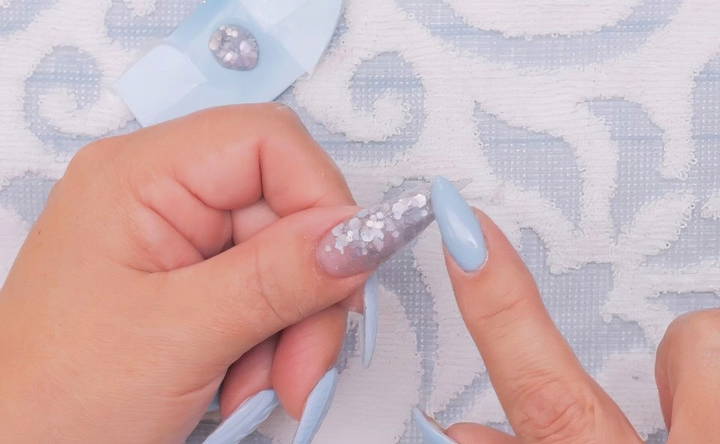
Tips and Tricks for Success with DIY Nail Forms
Making your own nail forms can be challenging, especially if it's your first time. Here are some helpful tips to improve your DIY nail form experience:
- Practice Makes Perfect: Try making a few forms before starting your nail to get the shape and fit just right.
- Keep the Form Stable: Use extra tape to stabilize the form around your finger. This reduces shifting and makes it easier to apply the product evenly.
- Experiment with Oil: Lightly coat the paper with oil if you notice the acrylic or gel is sticking to it too much. This can help the form release more easily after the product has dried.
- Be Patient: Working with a homemade form might take a bit more time than a professional one. Allow yourself extra time to achieve the desired look.
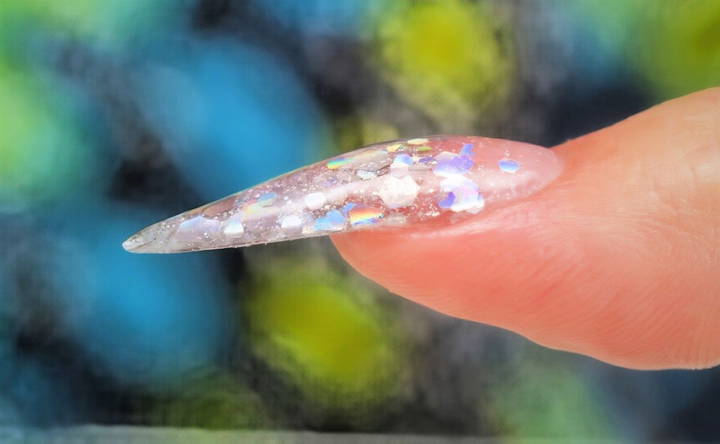
Limitations of DIY Nail Forms
While homemade nail forms can save the day, they aren't a permanent solution. Here are some limitations to consider:
- Lack of Adhesion: Unlike professional forms with built-in adhesive, DIY forms rely on tape and fit, which might not be as stable.
- Less Precision: DIY forms may not offer the same precision as commercially available forms, affecting the symmetry and smoothness of the finished nail.
- Time-Consuming: Making and fitting a DIY form can be more time-consuming, especially if you're a beginner.
For these reasons, it's best to use DIY forms only as a backup and not as a replacement for professional-quality forms. If you frequently do your nails, consider keeping extra professional nail forms on hand.
Final Thoughts: When to Use DIY Nail Forms
Using a DIY nail form can be an incredibly helpful skill, especially if you're in a pinch or looking to experiment with nail shapes without investing in new forms. While these homemade forms might not replace the convenience or quality of professional options, they're an excellent temporary solution.
Remember to practice, be patient, and don't worry about perfection on the first try. With these steps and tips, you'll be able to make sturdy, effective DIY nail forms that can carry you through until you restock your professional supplies.
FAQs About DIY Nail Forms
Get answers to all your DIY nail forms FAQs. Learn about usage, types, and tips for perfect nail application and design at home.
Sturdy, flexible paper like construction paper works well. You can also use label paper or photo paper, as they have a coated surface that helps prevent acrylic from sticking. For additional stability, reinforce with Scotch tape over the areas where the product will be applied.
Yes, but gel and polygel can be trickier. Gel tends to be sticky and might adhere to the paper more than acrylic, so you may need extra tape. For polygel, use thicker paper, as the pressure needed to shape polygel might push the form out of alignment.
Applying a strip of Scotch tape over the surface where the acrylic will go creates a barrier that allows easy removal once the nail hardens. Alternatively, a very light oil layer on the paper might help, but be careful not to interfere with the acrylic’s adherence.
One technique is to roll the paper around a pencil or brush handle to make a smooth curve before fitting it to your nail. This approach prevents creasing and helps the form sit more naturally under the nail.
Drying time depends on the type of acrylic, humidity, and temperature, generally between 1.5 to 3.5 minutes per nail. Fast-drying formulas may reduce the waiting time but watch for shifting as DIY forms are less stable than professional ones.
Yes, people have experimented with various materials like aluminum foil, packing tape, and label paper. Each offers different advantages, such as increased stability or ease of removal, but using a thin layer of tape over any material is generally recommended for easy release.
Start by carefully peeling any tape off the form, then gently slide the form from underneath. If the product sticks, use light pressure to avoid damaging the nail. Avoid pulling harshly, as the paper may tear, especially if using gel or polygel.


